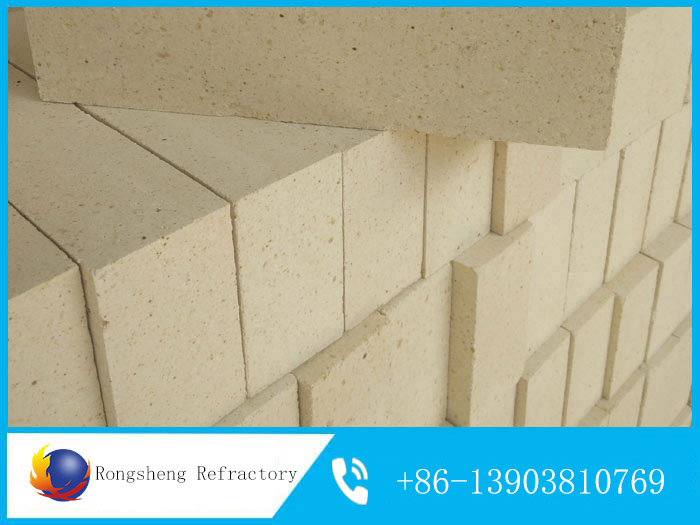The dimensions of refractory bricks for cement rotary kilns are closely related to the lifespan of the kiln lining.
The height (h) of refractory bricks for cement rotary kilns determines the thickness of the kiln lining. On one hand, the thickness of the kiln lining affects its weight, which in turn affects the deformation of the kiln body and the mechanical stress on the lining bricks. On the other hand, the thickness of the kiln lining also affects the surface temperature of the kiln body and heat dissipation, determining the thickness of the erodible refractory material. If the kiln lining is too thick, the kiln body may deform significantly, resulting in higher mechanical stress on the refractory bricks and potentially reducing their lifespan. If the kiln lining is too thin, even slight erosion of the refractory bricks can cause the kiln temperature to exceed the upper limit, necessitating replacement. Therefore, both excessively thin and excessively thick kiln linings are not conducive to improving lifespan.
When selecting refractory bricks for cement rotary kilns, it is essential to calculate the dimensions accurately.
Zhengzhou has many years of experience in producing refractory bricks for cement rotary kilns and possesses three fully automated production lines for shaped, unshaped products, and insulation materials. The main production equipment includes eight 400-ton presses, six 315-ton presses, five 750-type high-efficiency sand mixers, three fine powder machines, three roller crushers, and one 128m tunnel kiln production line with an automatic temperature control system for the two-stage gas generator furnace. The facility is equipped with a complete set of physical and chemical testing equipment and inspection systems for refractory materials, and has obtained ISO9001:2000 quality management system certification.

